McKinsey just dropped their 2025 State of AI report, and most commentaries we've seen focused on the wrong numbers.
If we told you that three years from now, a new enterprise technology will show a measurable EBIT impact at 39% of companies, you'd be very interested.
ERP implementations took a decade to show clear ROI. CRM systems are still being debated. Most organizations still can't tell you if the cloud actually saved money. But somehow, generative AI is being held to a different standard—probably because the consumer tools moved so fast that people expect the same velocity inside enterprises with twenty-year-old workflows and compliance committees.
So 39% isn't disappointing. It's remarkable.
But here's what is worth paying attention to: only 6% of organizations qualify as "high performers"—meaning they're seeing at least 5% EBIT impact from AI and report "significant" value. After three years, billions in investment, and every consultant in America promising transformation, we've got six percent actually capturing meaningful value.
The report shows high performers are three times more likely than their peers to do one thing differently: fundamentally redesign workflows. Not "add AI to existing processes." Not "pilot a chatbot in customer service."
Redesign the entire workflow from scratch. This single factor, according to McKinsey, has one of the strongest contributions to achieving meaningful business impact of everything they tested.
For marketing teams, this hits especially hard. The report shows that marketing and sales functions lead in revenue benefits from AI, and knowledge management—increasingly a marketing function—now ranks among the top three for AI adoption.
However, most teams are using AI to optimize workflows that were designed for the previous era: a brief goes to an agency, waits three weeks, receives a review deck, sends revisions, waits two more weeks, and then discovers the market has moved on. Adding AI image generation to that process simply means you're producing the wrong assets more quickly.
What workflow redesign actually looks like:
Killing the linear approval chain and replacing it with rapid iteration loops.
Abandoning the "one hero asset" model for variant generation at scale.
Rethinking creative briefs as training data instead of Word documents.
These aren't technology problems. They're organizational design problems that require admitting your current process is antiquated, fighting political battles over who owns what, and convincing people that short-term disruption leads to long-term gains.
The barrier isn't the technology. High performers allocate over 20% of their digital budgets to AI, but money doesn't set them apart from everyone else. Willingness to tear down what's already there does.
Until more marketing organizations acknowledge that their workflows were designed for a world where humans performed everything manually—a world that no longer exists—that gap between the 39% who see some value and the 6% who see real value is likely to remain unchanged.
— Torsten & Peter
Today’s sponsor
CTV ads made easy: Black Friday edition
As with any digital ad campaign, the important thing is to reach streaming audiences who will convert. Roku’s self-service Ads Manager stands ready with powerful segmentation and targeting — plus creative upscaling tools that transform existing assets into CTV-ready video ads. Bonus: we’re gifting you $5K in ad credits when you spend your first $5K on Roku Ads Manager. Just sign up and use code GET5K. Terms apply.
Free Workshop Replay: 3 Ways To Level Up Your AI Marketing
The biggest blocker to AI adoption isn't technology. It's people. And the reason your AI pilots don't scale isn't because the tech doesn't work—it's because you're trying to transform everything at once instead of building repeatable systems.
This workshop breaks down how to fix both problems. You'll learn:
strategic prompting that gets you near-perfect first drafts in one shot,
how to identify high-ROI pilots that prove value in weeks, not quarters,
and the AIM Framework for scaling AI adoption across skeptical teams.
Thirty minutes. Three frameworks. Immediate implementation guidance.
This is a replay from our Pro members-only series—Pro members receive more workshops with Q&As, but this free replay provides the foundational content.
» Watch now: 3 Ways to Level Up Your AI Marketing Workshop
» Get full access with Pro: https://aireadycmo.com/upgrade






